Review of the Day: Magic Candies by Heena Baek, translated by Sophie Bowman
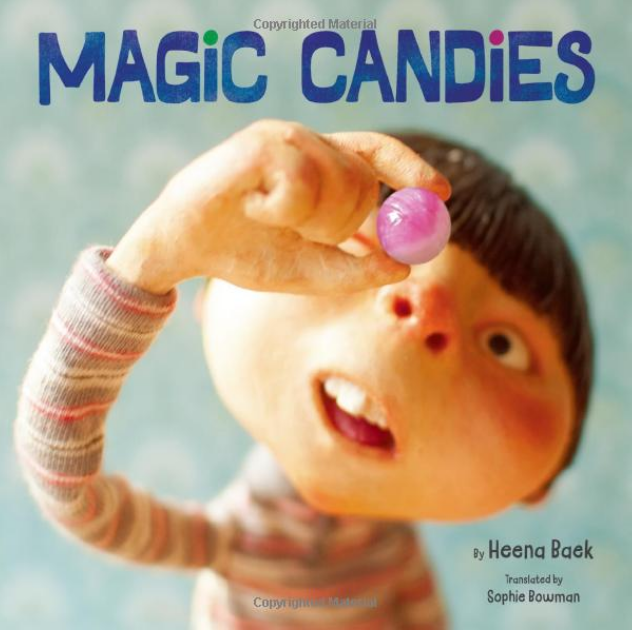
Magic Candies
By Heena Baek
Amazon Crossing Kids
$17.99
ISBN: 9781542029599
Ages 4-7
On shelves September 1st
Part of the problem with being an American reviewer of children’s books is that my ability to see what else is available in that great big wonderful world out there is limited. Unless I hop a plane to the Bologna Book Fair, I’m not able to see what’s coming out overseas (and even then, I’m just seeing the stuff that’s popping up at that fair). It’s severely limiting. For example, when Magic Candies fell into my lap, I had no idea that its creator Heena Baek (as she’s named in America, and “Baek Heena” in other countries) had thirty picture books already to her name. As a creator (and 2020 winner of the Astrid Lindgren Memorial Award), Baek excels in bringing incredible amounts of emotion and feeling out of picture books starring small photographed models. Magic Candies is the first of her books to hit American shores, and it is clear from the get go that this is the work of a woman that has been in the business for years and years. After all, the sheer skill of the project is starkly evident from the first page. Deeply touching, funny, and incredibly odd, this is the kind of picture book that gets you excited about picture books all over again.
Tong Tong’s a pretty lonely kid, but if you asked he’d tell you he was fine playing marbles by himself. One day, while looking for some additional marbles at the corner store, he comes across a pack of six marble-looking candies. After trying the first, he’s shocked to discover that he can now understand the couch and can find the remote between its cushions. The brown and white spotted one? Now Tong Tong can understand his pet dog, and the two come to a new understanding. With every candy he eats, Tong Tong is able to hear things no one else can and by listening he comes to understand them better. Finally, there’s a single candy left. It’s clear as glass and entirely transparent and when he pops it in his mouth, Tong Tong realizes that the one voice he hasn’t really heard is his own. So, to the kid he sees in the park, he asks, “Do you want to play with me?” The final shot shows the two skateboarding and scootering away together.
ADVERTISEMENT
ADVERTISEMENT

Have you ever picked up a blob of Play-doh and attempted to mold it into a human head? You have a general sense of where the eyes, nose, and hair should be, but though you can see it clearly in your mind, your untrained fingers just can’t seem to figure out how to convey that image into the clay. In the field of picture books I’ve admired a great many different kinds of photographed models over the years. Yuyi Morales did it expertly in Tony Johnston’s My Abuelita. Jane Dyer managed it in this year’s Teaflet and Roog with felt. Red Nose Studio does a meticulous job in books like Elvis Is King. And in each case, you just gape at the amount of technical expertise that must go into the work. Not simply the models themselves, but the photography and all that that entails (lighting, shadow, focal points, etc.). Baek’s very good at tiny details, as with the objects on the shopkeeper’s shelves (beautifully kept out of focus in the background behind the characters) but to my mind her greatest asset is her ability to draw such incredible emotions out of her human characters’ faces. Tong Tong, in particular, goes through such a wide range of facial expressions that you never have any doubt how he feels from one moment to the next. There’s a two page sequence where you see him express four different expressions in rapid succession. From burying his head in his dad’s back with a hug to his literal jaw-drop at the talking couch, you are with Tong Tong every step of the way. This kid feels real. Even on the cover, where he examines that shiny pink candy, you can see that his two front teeth are just a little bit misaligned. That tiny detail slays me. Whole books could be written about all the things you could learn about Tong Tong just by watching him in this story. Heena Baek has brought to life a three-dimensional, fully defined world that feels as real as the book in your hands.
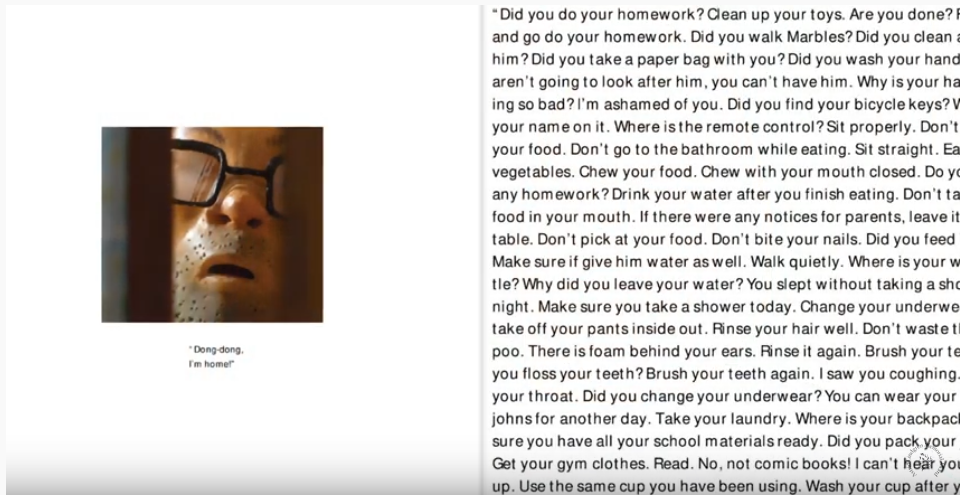
Now let’s talk fonts! What fun! Bear with me now because how this book integrates the text with the images is worth a close look. I took a peek at a little of the original book and its Korean text and compared it to this translation. What changed in the interim is interesting. In the original book the text was always in black. Here, the words that come from the orange couch are orange and from the dog with the raspberry collar, the text is raspberry too. But more than just typographical integrations, the full page of text that appears after the dad gets home fascinated me. Astrid Lindgren Memorial Award jury member Elina Drucker described this page as a “suffocating block of text.” Reading it aloud, I can attest, takes a lot of work. I had to do my best imitation of the Micro Machine guy as I worked through the dad’s litany of advice to his son (and parents like me may blush a little when they recognize themselves in some of his insistences). When that page has passed and you realize that the silent thing the father is saying behind all of these words is actually “I love you, I love you, I love you” you may take a step back and look at Tong Tong’s situation. His mom appears to be out of the picture. His dad looks exhausted, but he’s holding down his role as the single parent as best as he can. You just wanna give the guy a hug from behind too. And were Baek not wielding the text in the way that she does, you could miss a huge chunk of that emotional resonance.
With a book this visually innovative it’s easy to get hung up on the illustrations and forget to talk about the writing. I want to give full credit, first and foremost, to translator Sophie Bowman who does a magnificent job of conveying Baek’s storyline. For all that Baek excels at conveying emotion through faces, the actual writing on the page is almost more impressive. I read this book with my six-year-old son, just to get a feel for whether or not he’d be able to pick up what it was laying down. His older sister had conveyed some uncertainty over the images, so I wasn’t sure how he’d feel about the storyline itself. As each candy was devoured he pointed out how it would look like the person or thing that was about to speak. At the end of the book we reached the final transparent candy. “Why’s it see through?” I asked him. “Because he can now talk for himself,” said my kid, without hesitation. And that right there, ladies and gentlemen, is how a child can nail a book’s concept. This story isn’t simply about cool candies that make things talk. It’s about realizing that sometimes you take for granted your voice. A thing that so many things and people around you simply do not, or cannot, have.
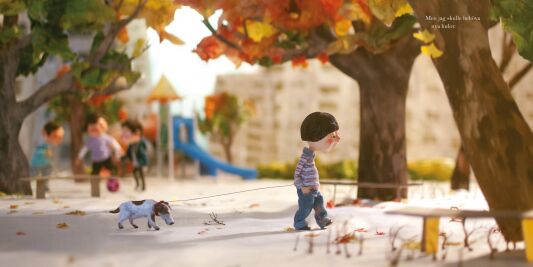
An easy dig at American picture books is to say that the vast majority of them all look very much the same. Occasionally some celebrity will write a book for kids and say that they did so because they just couldn’t find anything out there that was good (Madonna was a particularly egregious villain in this respect). It’s not true, but sometimes it can feel that way. That’s why something like Magic Candies is so remarkable. Right from the get-go it doesn’t look like anything else out there. It doesn’t read like anything else out there. And it doesn’t feel like anything else out there. My sincere hope is that this will be its advantage in the U.S. market. And hey, with any luck, if this book does well enough we may be lucky enough to get a translation of Baek’s I Am a Dog, the prequel to Magic Candies that’s narrated by Tong Tong’s dog. Until that happy day arrives, you can appreciate Magic Candies for what it has accomplished. A book that is both about giving voice to the voiceless and finding your own.
On shelves September 1st.
Source: Galley sent from publisher for review.
Videos:
If you would like a better sense of the sheer range of Heena Baek’s works, please attend to this introduction by the aforementioned Astrid Lindgren Memorial Award jury member, Elina Drucker:
There are also many reasons to watch this interview with Heena Baek, which is entirely in Korean. For one thing, you get to see her process, from sketches to the final models. For another, it includes a snippet of a Magic Candies musical which looks absolutely delightful. From what I can tell, the dad’s “IloveyouIloveyouIloveyou” part is projected as he does the dishes:
Filed under: Best Books, Best Books of 2021, Reviews, Reviews 2021
About Betsy Bird
Betsy Bird is currently the Collection Development Manager of the Evanston Public Library system and a former Materials Specialist for New York Public Library. She has served on Newbery, written for Horn Book, and has done other lovely little things that she'd love to tell you about but that she's sure you'd find more interesting to hear of in person. Her opinions are her own and do not reflect those of EPL, SLJ, or any of the other acronyms you might be able to name. Follow her on Twitter: @fuseeight.
ADVERTISEMENT
ADVERTISEMENT
SLJ Blog Network
Tegan and Sara: Crush | Review
The Seven Bills That Will Safeguard the Future of School Librarianship
Take Five: Dogs in Middle Grade Novels
Gayle Forman Visits The Yarn!
ADVERTISEMENT



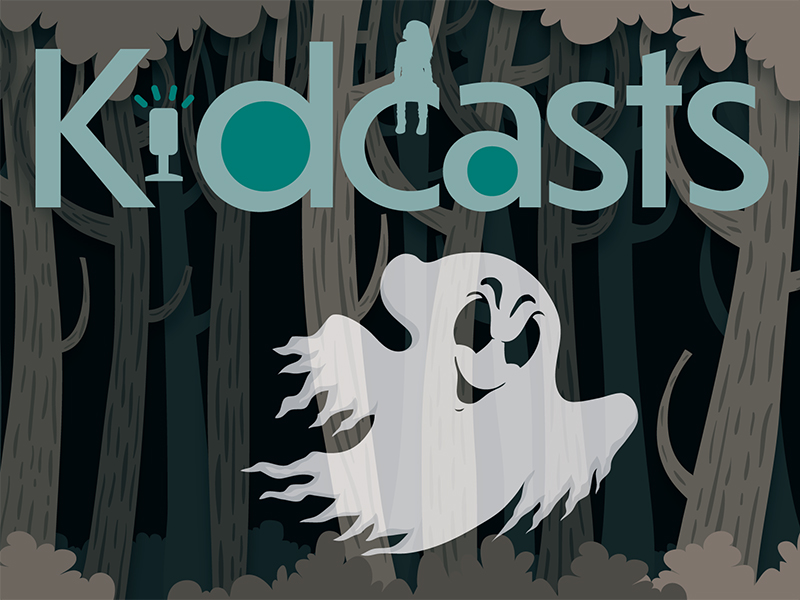
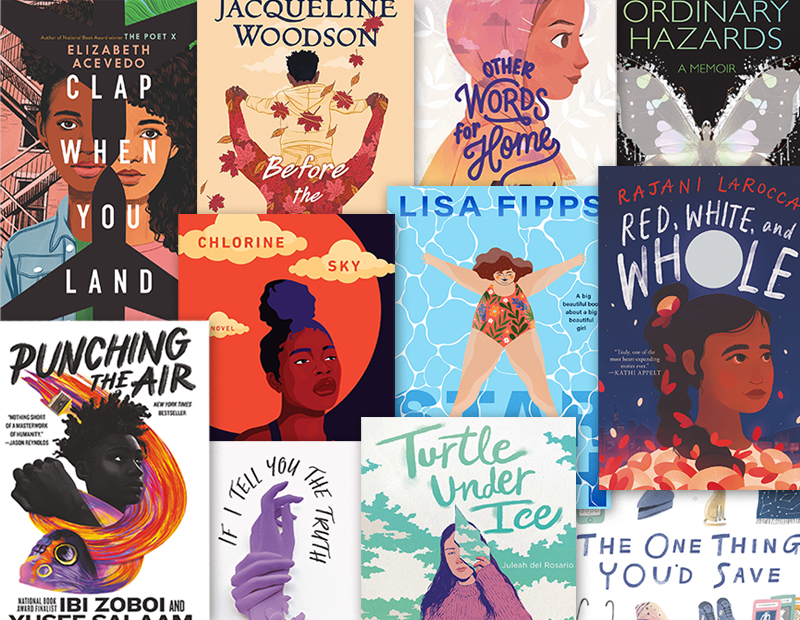

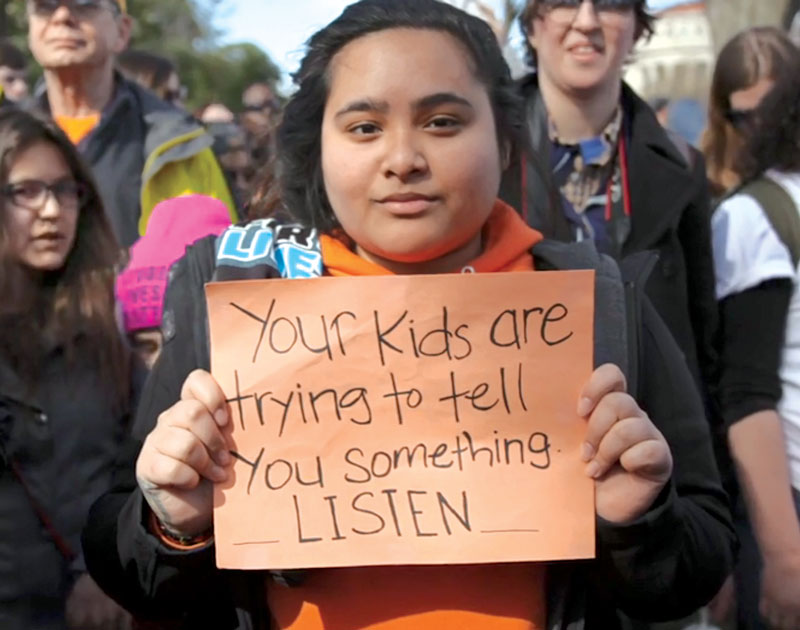
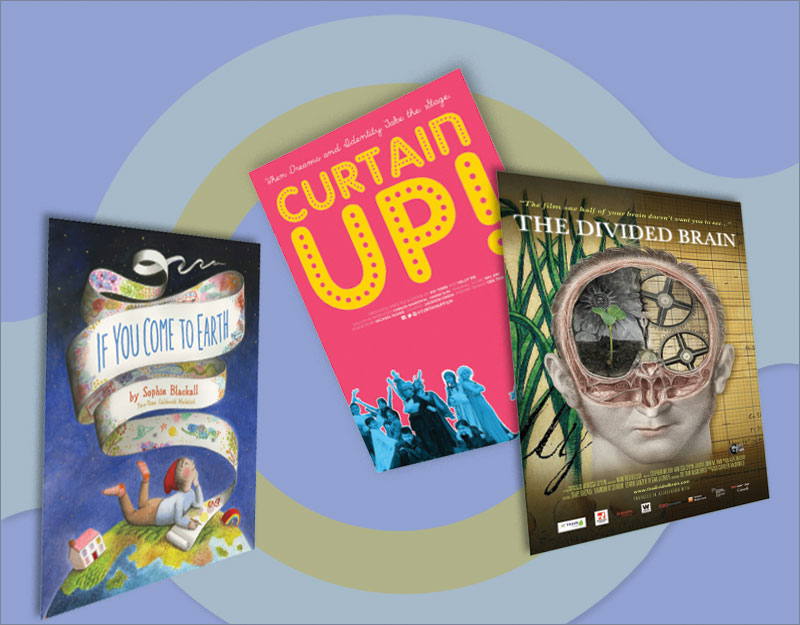
Wow. What an incredible, and inspiring, artist. Thank you for introducing me to her! I’m very excited to see Magic Candies this fall.